Raspberries (Rubus idaeus) are among the most delicious and versatile fruits for home gardeners. Their sweet, tangy flavor makes them ideal for fresh eating, baking, jams, and smoothies. Beyond their taste, raspberries are packed with vitamins, antioxidants, and fiber, contributing to a healthy diet. Growing raspberries at home ensures a steady supply of fresh, chemical-free fruit, while also adding beauty and structure to gardens.
This article provides a comprehensive guide for beginners on growing raspberries at home, covering site selection, soil preparation, planting, pruning, fertilization, pest control, and harvesting. By following these steps, gardeners can enjoy bountiful raspberry harvests year after year.
Why Grow Raspberries at Home?
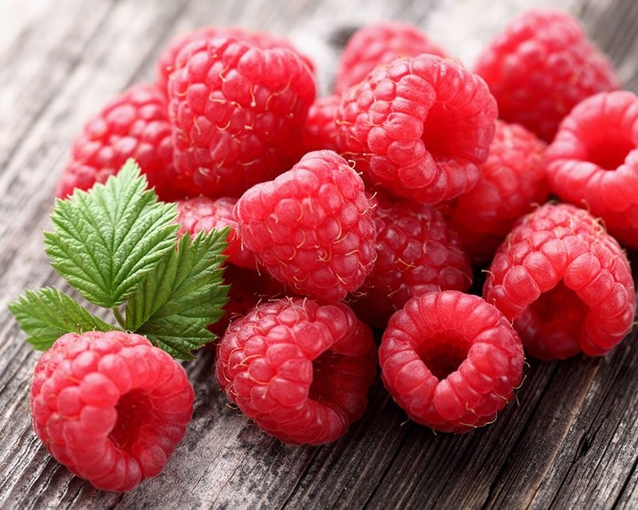
Homegrown raspberries offer numerous benefits:
- Freshness: Pick fruit at peak ripeness for maximum flavor.
- Health Benefits: Raspberries are rich in vitamin C, fiber, and antioxidants.
- Cost-Effective: Avoid the high price of store-bought berries.
- Control Over Quality: Grow organic, pesticide-free fruit.
- Garden Aesthetics: Raspberry canes and blossoms enhance garden beauty.
Tip: Raspberries are perennial plants, meaning they can produce fruit for several years with proper care.
Step 1: Choosing the Right Raspberry Variety
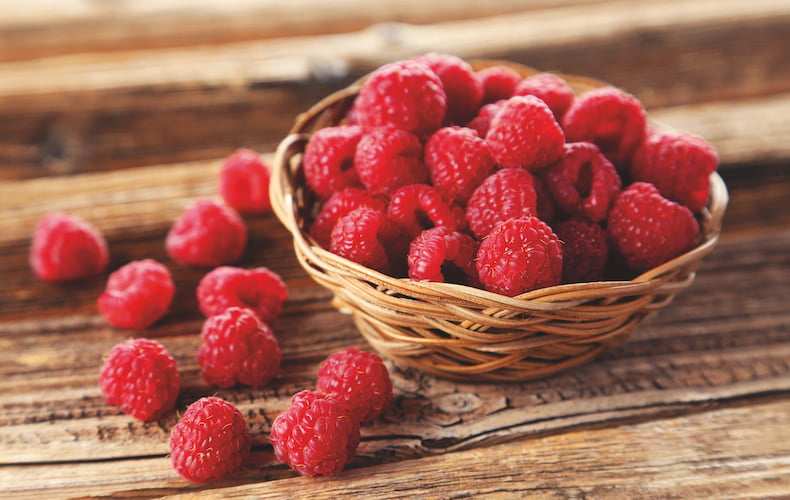
Select varieties suited to your climate and intended harvest time:
- Summer-Bearing Raspberries: Produce fruit once per year, usually in mid to late summer.
- Ever-Bearing (Fall-Bearing) Raspberries: Produce two crops, one in summer and one in fall, extending the harvest season.
- Red, Black, and Yellow Varieties: Red raspberries are most common, while black and yellow varieties provide unique flavors and colors.
Tip: Choose disease-resistant cultivars for easier management and higher yields.
Step 2: Selecting the Best Site
Raspberries require specific conditions for healthy growth:
- Sunlight: Full sun with at least 6–8 hours of direct sunlight daily.
- Soil: Well-draining, fertile soil with a pH of 5.5–6.5.
- Air Circulation: Space rows to ensure airflow and prevent fungal diseases.
- Protection: Avoid low-lying areas prone to frost or standing water.
Tip: Raised beds or mounded rows improve drainage and reduce root rot risk.
Step 3: Preparing the Soil
Proper soil preparation is essential for strong raspberry plants:
- Clear the Area: Remove weeds, grass, and debris.
- Loosen Soil: Till to a depth of 12–18 inches to encourage root development.
- Amend Soil: Incorporate compost or well-rotted manure to boost fertility.
- Adjust pH: Use lime or sulfur to reach the desired pH level if needed.
Tip: Good soil preparation supports vigorous growth and higher fruit yields.
Step 4: Planting Raspberries
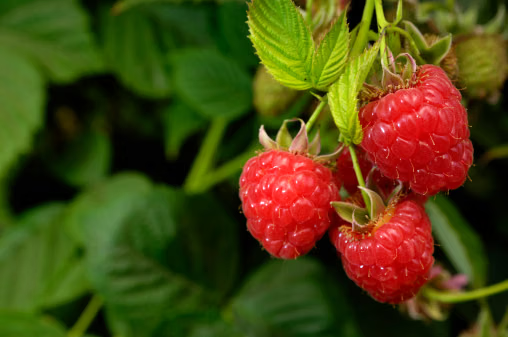
Raspberries can be planted from bare-root canes or nursery-bought plants:
Planting Bare-Root Canes:
- Soak roots in water for a few hours before planting.
- Dig holes 18–24 inches apart in rows spaced 6–8 feet apart.
- Plant canes with roots spread out and soil covering the crown at ground level.
- Water thoroughly to settle soil around roots.
Planting Potted Plants:
- Dig holes slightly larger than the root ball.
- Maintain the same soil level as in the pot.
- Water well after planting.
Tip: Mulch around the base with straw or wood chips to conserve moisture and suppress weeds.
Step 5: Watering and Mulching
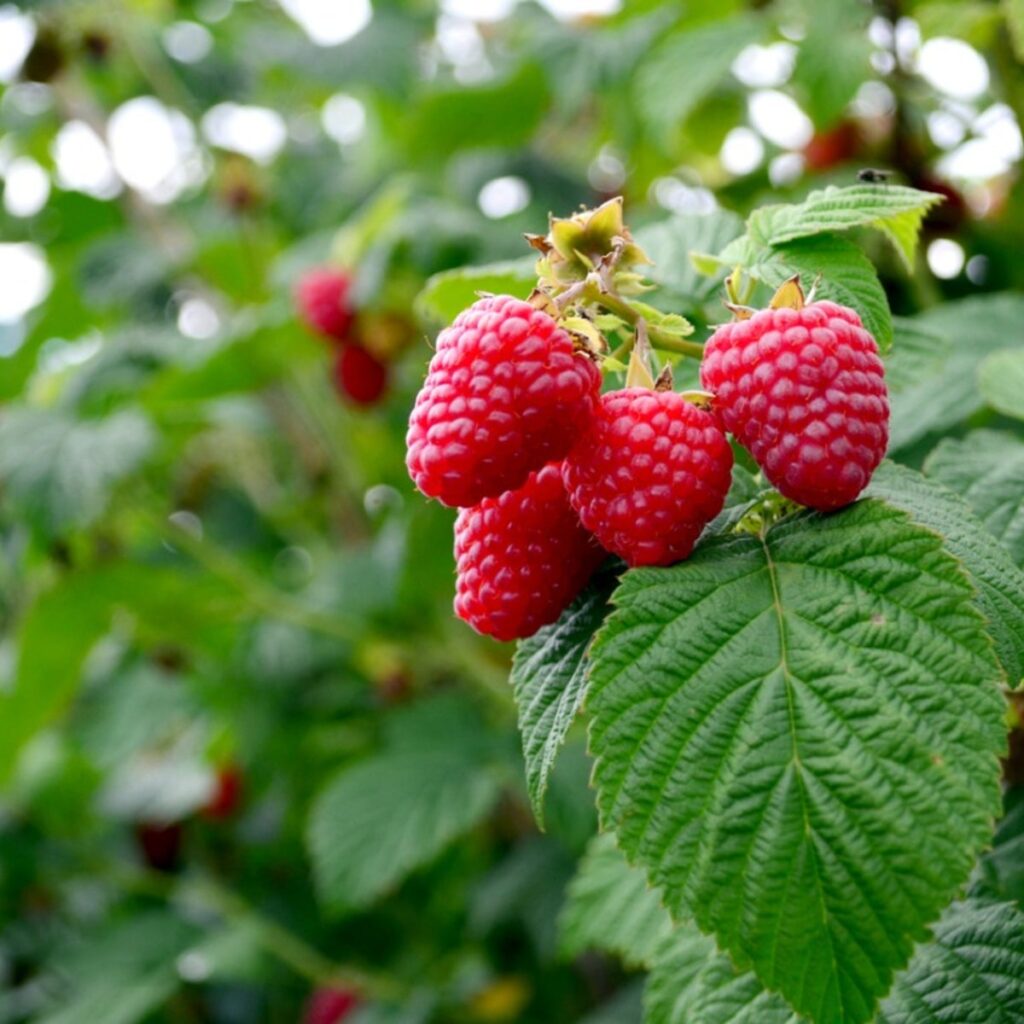
Consistent moisture is crucial for raspberry growth:
- Water 1–2 inches per week, especially during flowering and fruit development.
- Avoid overhead watering to reduce fungal infections.
- Mulch with organic material to retain moisture, regulate temperature, and control weeds.
Tip: Drip irrigation is ideal for keeping soil evenly moist without wetting foliage.
Step 6: Fertilization
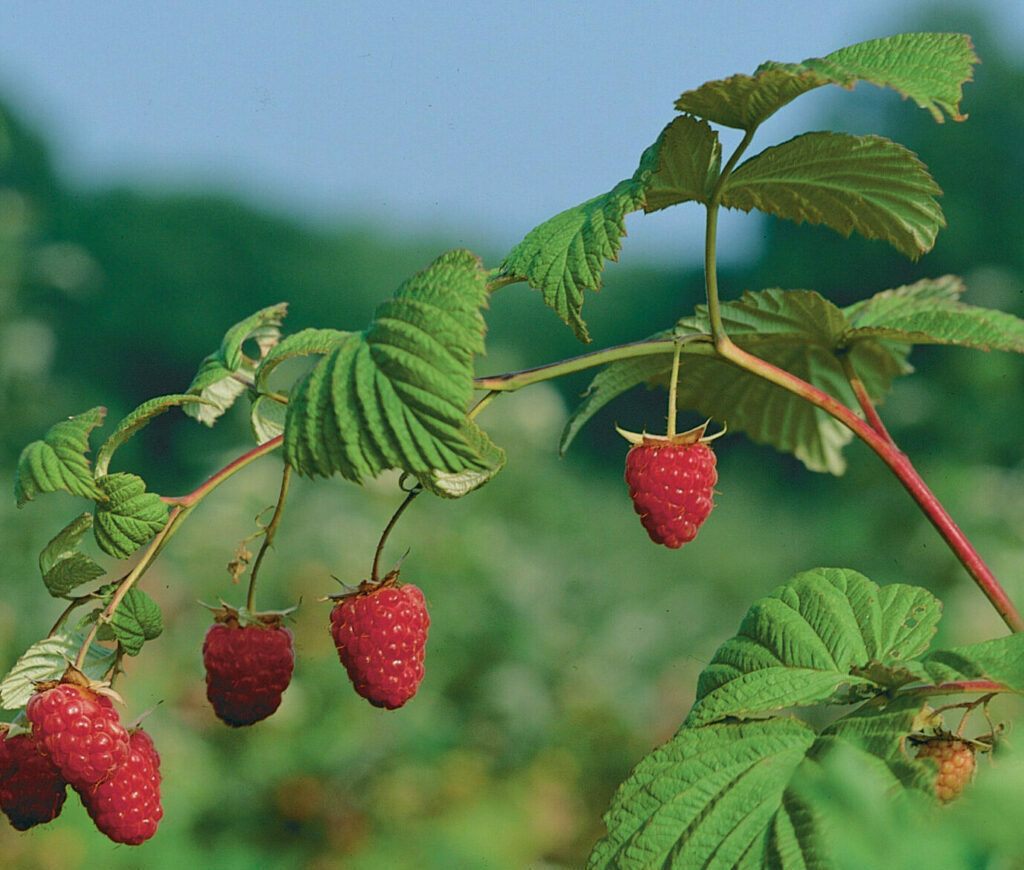
Raspberries benefit from balanced nutrition:
- Apply balanced fertilizer (10-10-10) in early spring as new growth begins.
- Side-dress with compost or aged manure during the growing season.
- Avoid excessive nitrogen, which can promote lush foliage at the expense of fruit.
Tip: Regular feeding encourages healthy canes, abundant flowers, and high-quality fruit.
Step 7: Pruning and Training
Pruning is essential to manage growth, prevent disease, and improve fruit production:
- Summer-Bearing Raspberries: Remove old fruiting canes after harvest; leave new canes for next year.
- Ever-Bearing Raspberries: Cut back old canes in late winter and selectively prune to encourage new growth.
- Training: Use trellises or supports to keep canes upright and improve airflow.
Tip: Proper pruning reduces overcrowding and maximizes sunlight exposure to all canes.
Step 8: Pest and Disease Management
Raspberries are susceptible to pests and diseases, but preventive measures reduce risks:
- Common Pests: Aphids, spider mites, and raspberry cane borers. Control with insecticidal soaps or neem oil.
- Fungal Diseases: Botrytis, powdery mildew, and root rot. Ensure proper spacing, avoid overwatering, and remove infected canes.
- Bird Protection: Cover plants with netting to prevent birds from eating berries.
Tip: Early detection and preventive measures are more effective than treating severe infestations.
Step 9: Harvesting Raspberries
Raspberries are ready to harvest when:
- The fruit is fully colored, soft, and easily detaches from the cane.
- Harvest in the morning for the freshest berries.
- Pick every 2–3 days during peak season to encourage continued production.
Tip: Handle berries gently as they are delicate and prone to bruising.
Step 10: Seasonal Considerations and Winter Care
- Winter Protection: Apply mulch or straw to protect roots from freezing temperatures.
- Spring Growth: Remove winter mulch after danger of frost has passed.
- Summer Care: Ensure adequate water and monitor for pests.
- Fall Maintenance: Clean up fallen leaves and prune canes as needed.
Tip: Raspberries are hardy, but seasonal maintenance ensures healthy plants and abundant fruit year after year.
Final Thoughts
Growing raspberries at home provides a rewarding combination of beauty, flavor, and nutrition. By following these step-by-step guidelines, gardeners can establish productive raspberry plants that offer sweet treats for years to come.
Key takeaways for successful raspberry cultivation:
- Select the right variety and plant in full sun with well-draining soil.
- Prepare soil carefully and provide adequate water and mulch.
- Fertilize appropriately and prune regularly to maintain plant health.
- Monitor for pests and diseases and implement preventive strategies.
- Harvest frequently and handle berries gently to enjoy the freshest fruit.
Raspberries are more than just a fruit—they are a symbol of patience, care, and the rewards of home gardening. With consistent attention and proper cultivation, home gardeners can enjoy delicious, fresh raspberries straight from their backyard, enhancing meals and providing a natural, healthy treat for the whole family.
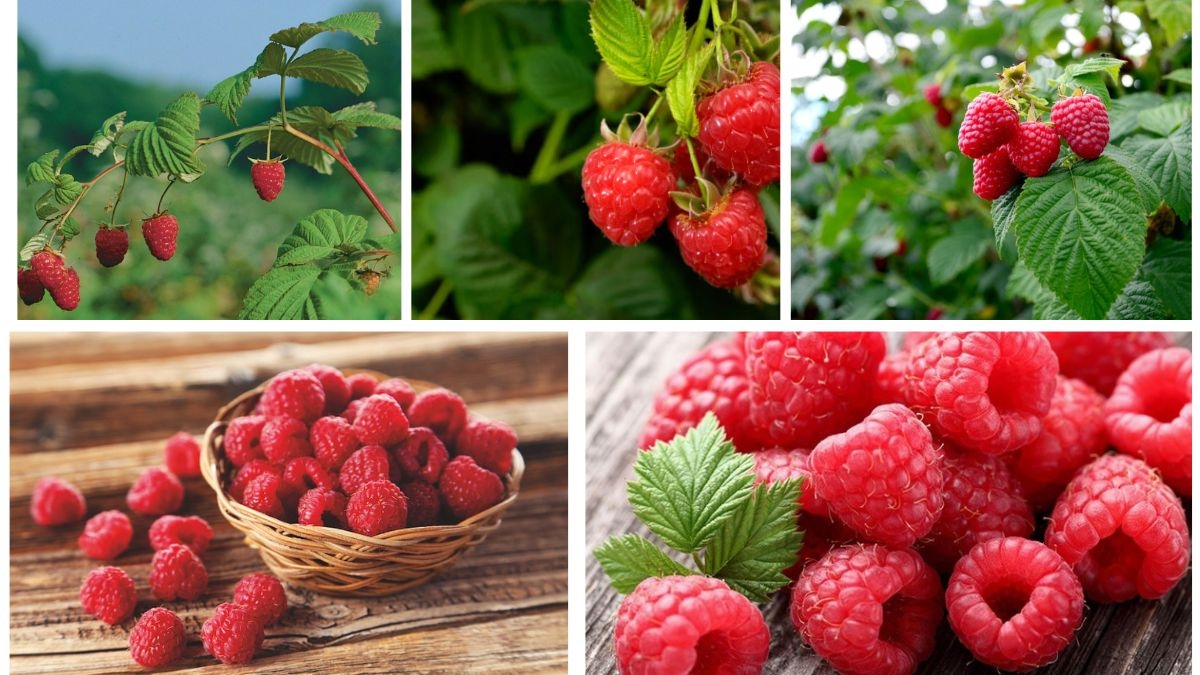





Leave A Comment